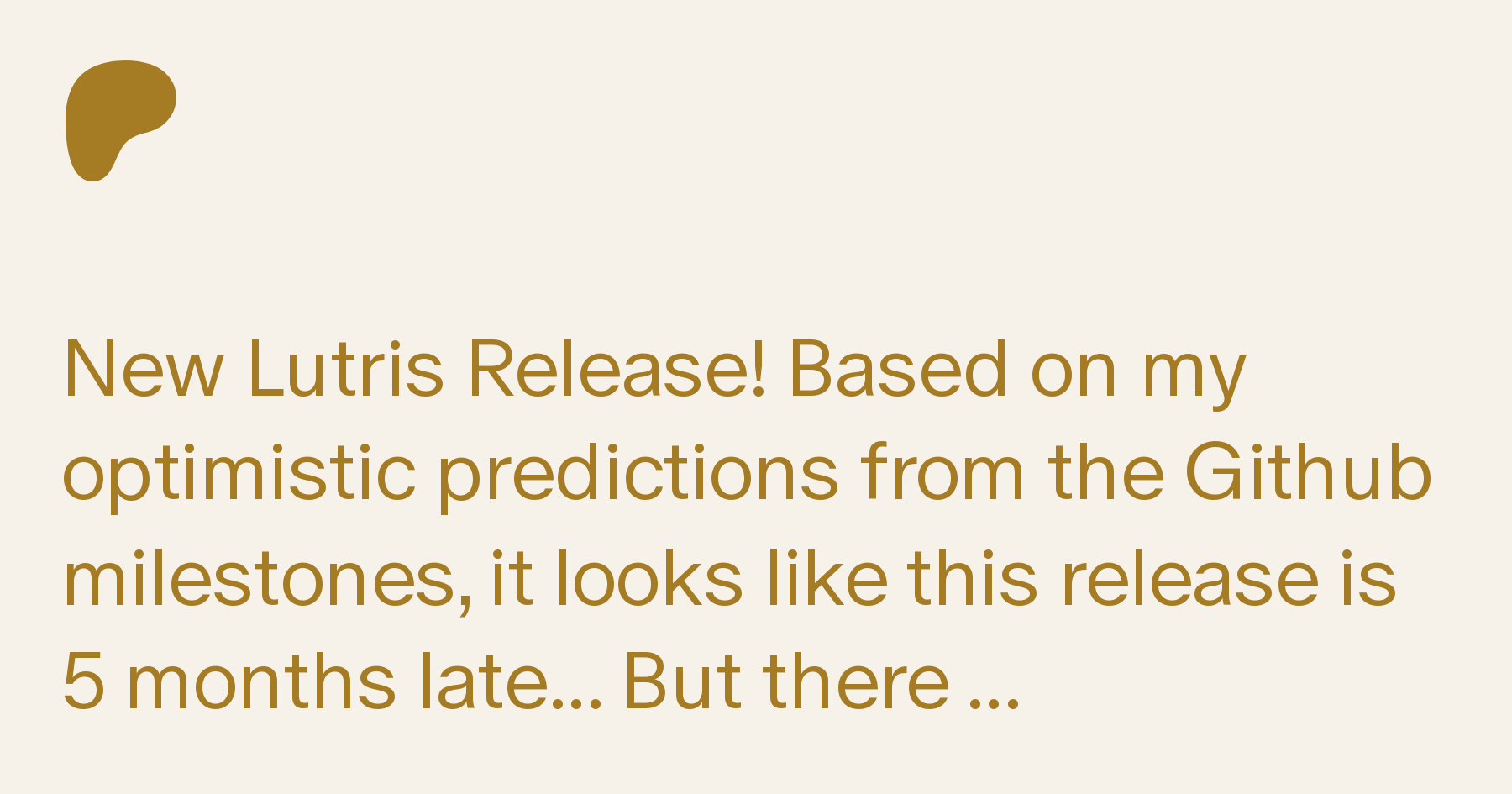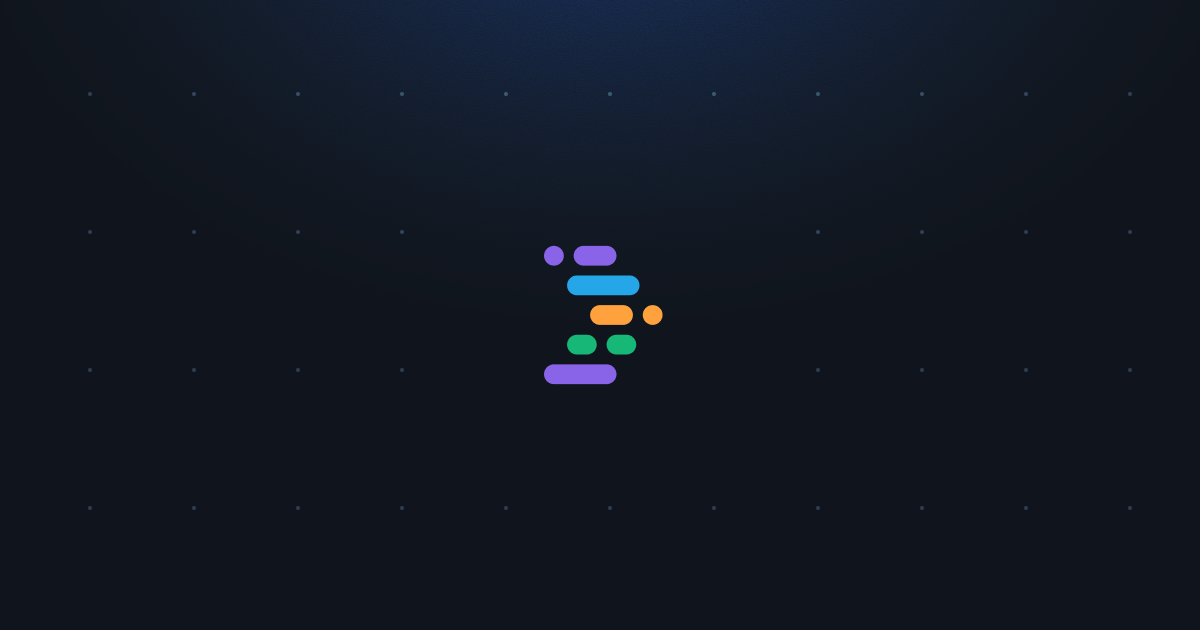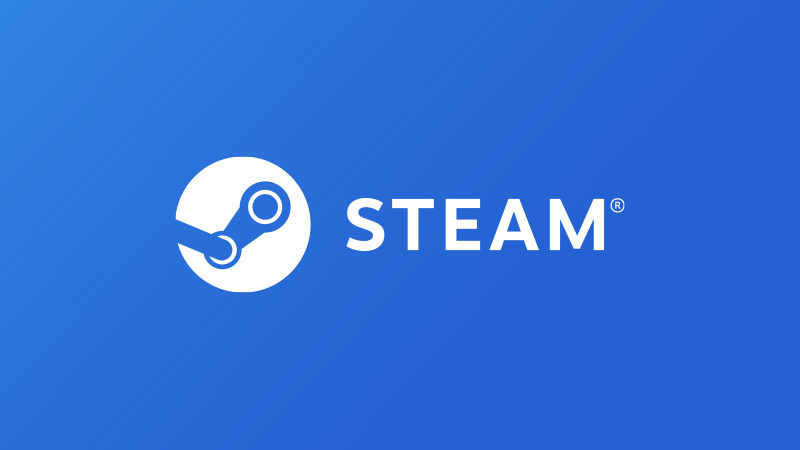

Never heard of that, I hope accessibility on Wayland improves.
Here’s a recent article: https://blogs.gnome.org/a11y/2024/06/18/update-on-newton-the-wayland-native-accessibility-project/
So do I.
Neal Gompa mentioned that Flatpaks dont have the permission holes to allow screen readers? Thats crazy and may be possible to fix with a global override.
I think GNOME is working on a portal for that. After the Newton stack is in a good state.
Same here. I think it would be nice to create 2 or so base images on an individual host like Codeberg, but I am completely new to all that container stuff.
Codeberg is probably a good host for that.
Currently doing a bit of work, upstreaming some secureblue things (btw the admin blocked be because they… dont like annoying questions?).
Lol. How strange.
Matrix is also horrible for Dev work. People dont use threads so they just spam stuff in a single chat and it just bad…
I don’t much like Discord either. Issue tracker is the right place for this sort of discussion in my opinion. Or Sourcehut’s mailing lists are fine too.
Also, these change processes are damn slow, but hey, thats fine I guess?
I guess that’s kind of the point :)
I want to start doing some videos, no idea why OBS just has h264 hardware? I mean it doesnt matter but why no VP9? AV1 will come in 30.1 you know when that is stable?
I’m usually converting other people’s media, so I don’t have much experience with OBS. But as for VP9, the industry was gun-shy about it because MPEG-LA threatened to sue Google over patent infringement for it. Essentially the same sort of deal with Sisvel and AV1, except MPEG-LA never followed through on it. Hardware encoding for VP9 has apparently never taken off, but hardware decoding is all around.
Do you know what flatpaks (that are not VLC) have ffmpeg as a binary included?
There’s: https://flathub.org/apps/org.gnome.gitlab.YaLTeR.VideoTrimmer
Browser benchmarking
Honestly, as long as I don’t notice it, it doesn’t bother me. I only noticed Flatpak Nautilus’ launch time because it was instant.
Toolbox: Is it considerably faster?
I think so. It at least seems more reliable. I got a bunch of weird bugs with Distrobox in the beginning but I guess I was pushing it pretty far.
I need to start learning some real language as my bash scripts start getting a pain.
I kind of hate Python but it’s at least more pleasant than Bash. I’ve no experience with Go, but it’s probably nice to write.
Well I hope you use an Ubuntu container because I bet these packages are also not “verified” on Arch ;)
Ah, well, I use Arch for all my other computers so I feel like I’m already trusting Arch’s devs for all my packages. What’s one more?
I use 90% verified
I make an exception for Anki and MakeMKV.
You could use Debian Testing which is rolling afaik.
I kind of hate Debian and Ubuntu’s userpsace :) It’s okay on servers.
Does Arch have Rstudio stuff?
It has it in the AUR, but not as an official package. In most cases the AUR is just as good anyway.
Or maybe dnf5 could solve this?
DNF5 will definitely shake things up. Because rpm-ostree is going away to be replaced by dnf again.











(and Japanese)